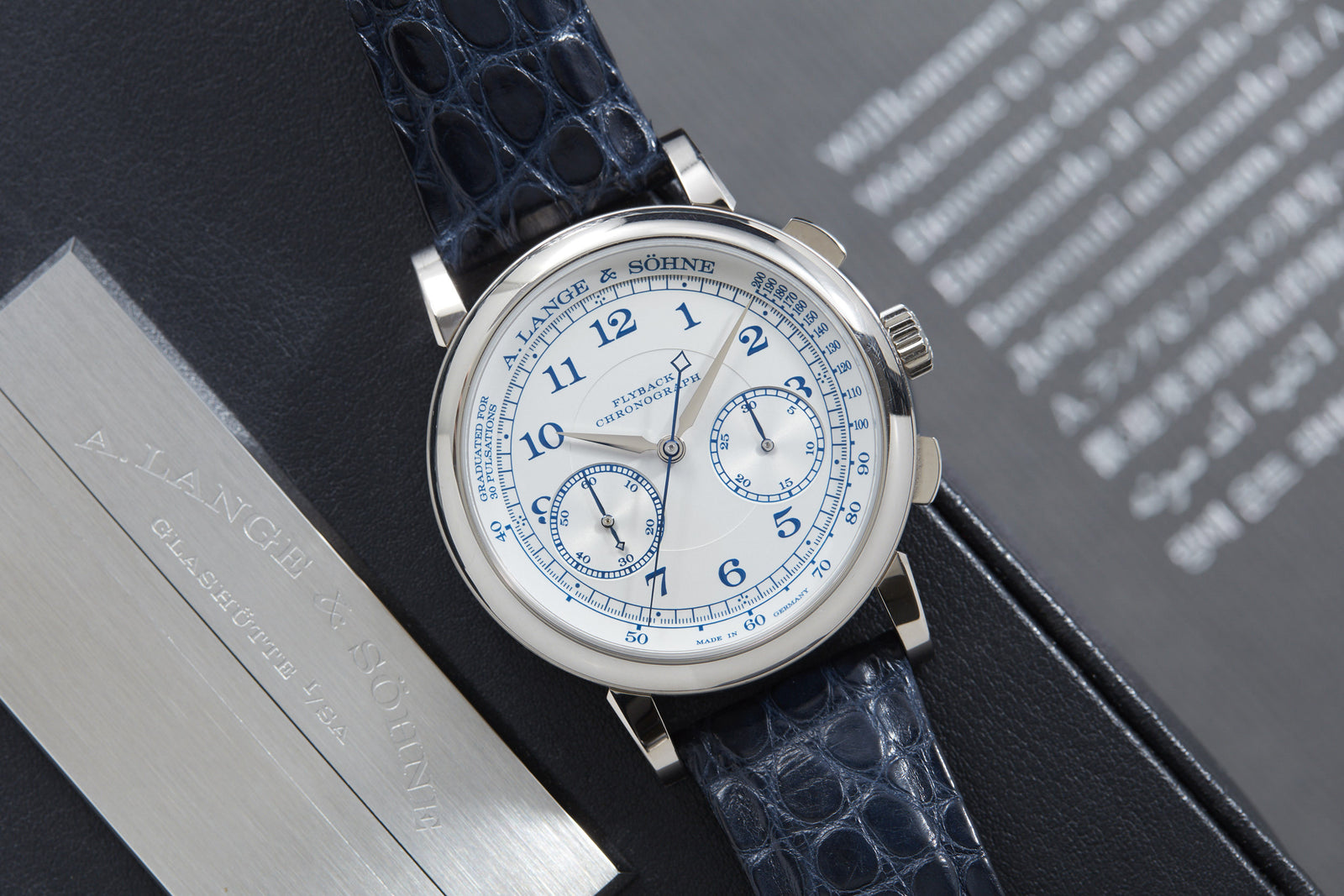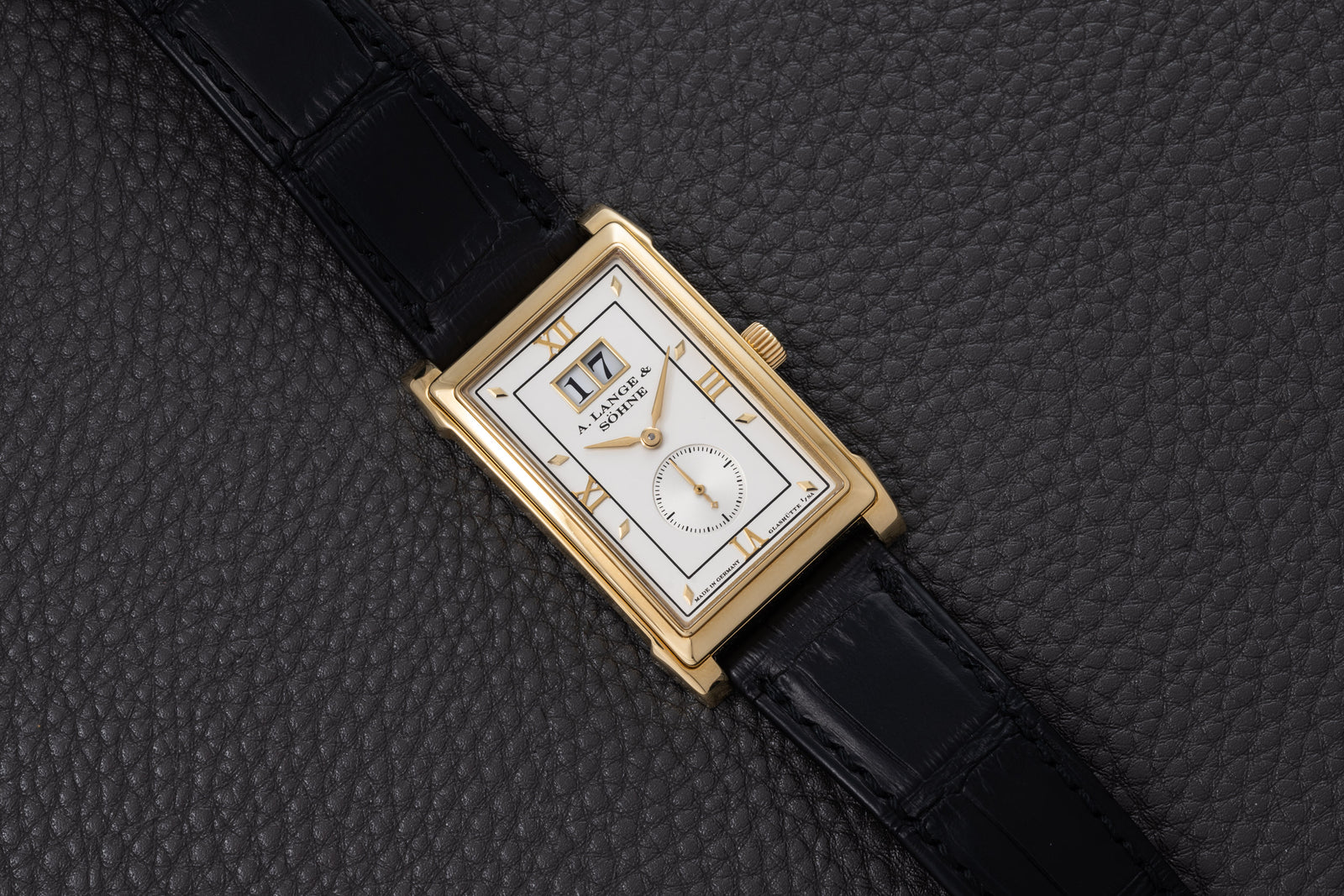Seiko 62MAS
- Soldspan>
- Sold
Why We Love it
–
Why We Love it
–1965 marked the maiden voyage of a submersible that in its five decades of loyal service would be witness to some of the greatest breakthroughs in deep sea exploration, like the discovery of deep sea vents in the 1970s and the wreck of the RMS Titanic in 1986.
The DSV Alvin was conceived as a replacement for the bathyscaphes used by Jacques Piccard and others. Use of a new material, syntactic foam, resulted in a more maneuverable Deep Sea Vehicle that could respond to the changing needs of underwater explorers. Syntactic foam—comprised mainly of a metal, ceramic or polymer that was then filled with hollow glass bubbles called microballoons—gave this new DSV more buoyancy than the metal bathyscaphes, while sacrificing nothing in terms of safety and tensile strength.
At 17 tons and 23 feet in length, Alvin might have been smaller than the bathyscaphe Trieste that ferried Jacques Piccard to the bottom of the Marianas Trench, but Alvin’s compact size meant that it could withstand dives at a depth of 8,010 feet.
Alvin’’s first manned dive took place on July 20, 1965, off Andros Island in the Bahamas, where it descended to an impressive 6000 feet or 1800 meters.
In the Deep Sea Vessel’s first dives, Alvin was used to locate a hydrogen bomb lost during the collision of a B-52G bomber and a KC-135 tanker during mid-air refueling; later, Alvin located the wreckage of an F6F Hellcat aircraft that was lost during the Second World War.
Though the Alvin would go on to discover the wreckage of the RMS Titanic in the 1980s, the 1960s represented a pivotal time in the history of deep sea exploration, in which the use of new technologies enabled humans to dive deeper and to remain submerged longer than had ever been achieved before.
Faced with the popularity of recreational diving, as well as the needs of professional deep sea divers or underwater welders, the watch industry adapted to release watches that could withstand the rigors of deep sea use.
The success of Swiss dive watches such as the Rolex Submariner and the Blancpain Fifty Fathoms in the 1950s and 60s prompted another brand on an entirely different continent to follow suit. Since the 1880s, Seiko had been producing timepieces to rival their Swiss counterparts, but were relatively unknown to Western consumers. But the 1960s saw increased exposure to the Seiko name on a worldwide scale, in part due to the 1964 Summer Olympics, which were held in Tokyo.
As official timekeeper for those Olympics, Seiko had produced its first chronograph, The Crown. Their participation in the Olympics inspired a sense of heightened pride in Japanese engineering and manufacturing.
So when Seiko sought another category to prove its competitiveness with the Swiss, it was naturally a diver.
Seiko released its first dive watch in 1965, the Reference 6217, which was water-resistant to 150 meters and, like the Submariner and Fifty Fathoms, had a rotating bezel, luminous hour markers, and a 17-jewel movement (Calibre 6217) with a beat rate of 18,000.
The 6217—also know as 62MAS (for autoMAtic Self-dater)—was designed to be a workhorse. At 37mm, the case, with its sloping lugs that cling to the wrist, was intended to eliminate any potential weak points. However, the fickle nature of the 62MAS’s gaskets—as well as the lack of a screw-down crown—often led to a build-up of helium which in turn could cause the crystal to pop off.
Additionally, the lume of the hour markers and hands was prone to discoloration due to age, or wabi, a quality that is particularly desirable in Seiko collectors’ terms. Seiko, inspired by a letter from a disgruntled 6217-owner, would go on to revolutionize dive watches with the Tuna line of dive watches in the mid-1970s. However, despite being discontinued, the 6217 continues to enjoy popularity with collectors of vintage Seikos.
Also, the recent reissue of this model makes the original versions even more desirable.
This particular 62MAS dates from 1967, toward the end of its production run (it would be discontinued in 1968). The case—especially the rotating bezel and the dial—show quite a lot of wabi. With its robust movement recently serviced, this dive watch is ready for many more years of faithful service.
A:S Guarantee
+
A:S Guarantee
+Our Pledge
Analog:Shift stands behind the authenticity of our products in perpetuity.
Condition
Since our pieces are vintage or pre-owned, please expect wear & patina from usage and age. Please read each item description and examine all product images.
Warranty
We back each Analog:Shift vintage timepiece with a two-year mechanical warranty from the date of purchase.
International Buyers
Please contact us prior to purchase for additional details on shipping and payment options.
Shipping & Returns
+
Shipping & Returns
+All of our watches include complementary insured shipping within the 50 states.
Most of our products are on hand and will ship directly from our headquarters in New York City. In some cases, watches will be shipped directly from one of our authorized partners.
We generally ship our products via FedEx, fully insured, within 5 business days of purchase. An adult signature is required for receipt of all packages for insurance purposes. Expedited shipping is available at an additional cost. We are also happy to hand deliver your purchase in Manhattan or you may pick it up at our showroom.
Returns must be sent overnight or by priority international delivery, fully insured and paid for by the customer. A restocking fee may apply. Watches must be returned in the same condition as initially shipped.
We welcome international buyers, please contact us prior to purchase for additional details on shipping and payment options.








Seiko 62MAS
- Soldspan>
- Sold







































